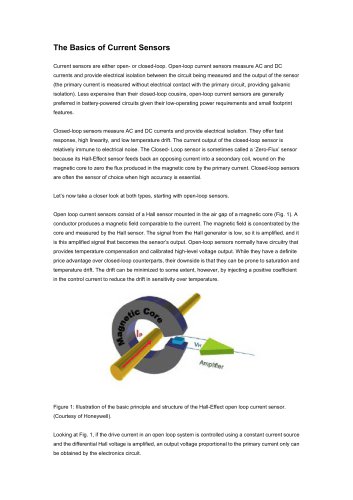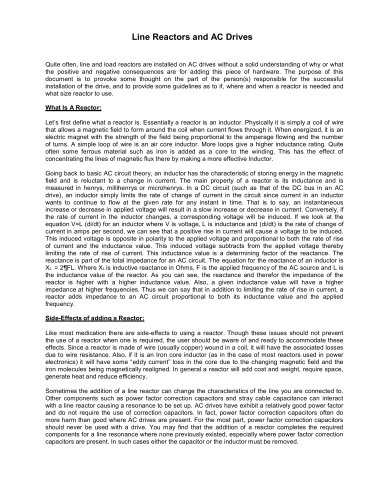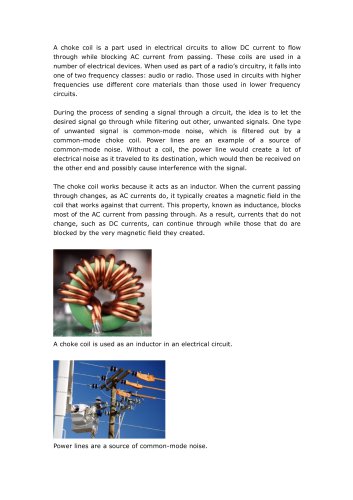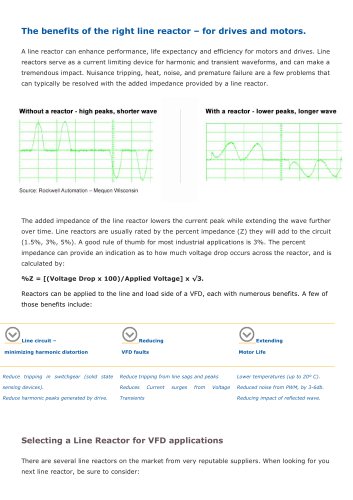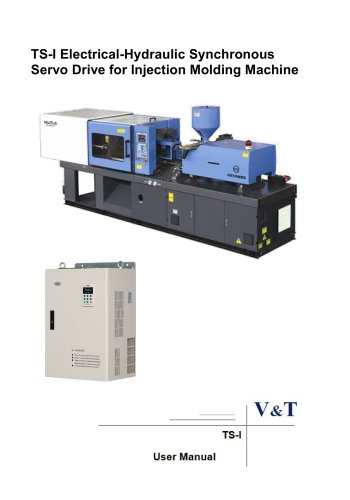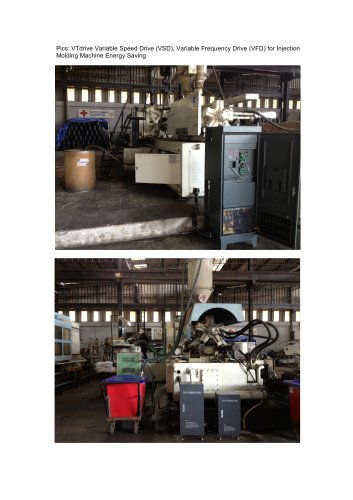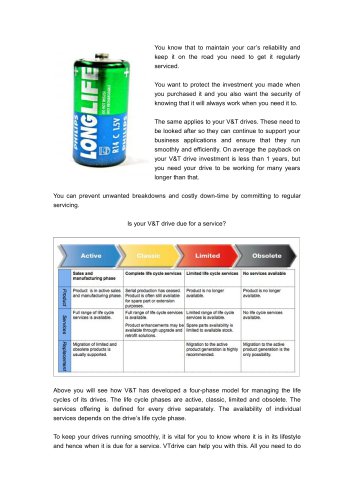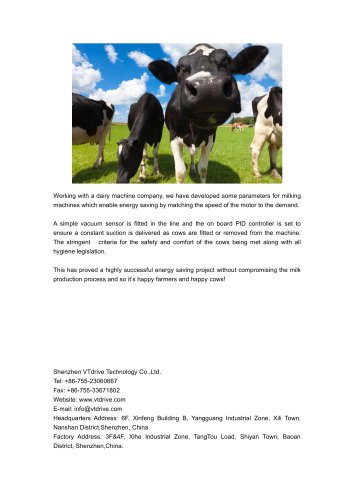 Website:
VTDRIVssE Technology Limited
Website:
VTDRIVssE Technology Limited
Catalog excerpts

The Basics of Current Sensors Current sensors are either open- or closed-loop. Open-loop current sensors measure AC and DC currents and provide electrical isolation between the circuit being measured and the output of the sensor (the primary current is measured without electrical contact with the primary circuit, providing galvanic isolation). Less expensive than their closed-loop cousins, open-loop current sensors are generally preferred in battery-powered circuits given their low-operating power requirements and small footprint features. Closed-loop sensors measure AC and DC currents and provide electrical isolation. They offer fast response, high linearity, and low temperature drift. The current output of the closed-loop sensor is relatively immune to electrical noise. The Closed- Loop sensor is sometimes called a ‘Zero-Flux’ sensor because its Hall-Effect sensor feeds back an opposing current into a secondary coil, wound on the magnetic core to zero the flux produced in the magnetic core by the primary current. Closed-loop sensors are often the sensor of choice when high accuracy is essential. Let’s now take a closer look at both types, starting with open-loop sensors. Open loop current sensors consist of a Hall sensor mounted in the air gap of a magnetic core (Fig. 1). A conductor produces a magnetic field comparable to the current. The magnetic field is concentrated by the core and measured by the Hall sensor. The signal from the Hall generator is low, so it is amplified, and it is this amplified signal that becomes the sensor’s output. Open-loop sensors normally have circuitry that provides temperature compensation and calibrated high-level voltage output. While they have a definite price advantage over closed-loop counterparts, their downside is that they can be prone to saturation and temperature drift. The drift can be minimized to some extent, however, by injecting a positive coefficient in the control current to reduce the drift in sensitivity over temperature. Figure 1: Illustration of the basic principle and structure of the Hall-Effect open loop current sensor. (Courtesy of Honeywell). Looking at Fig. 1, if the drive current in an open loop system is controlled using a constant current source and the differential Hall voltage is amplified, an output voltage proportional to the primary current only can be obtained by the electronics circuit.
Open the catalog to page 1
One example is the HMS Series Open Loop Hall-Effect Surface Mount current Transducer by LEM (Fig. 2). The sensor features galvanic isolation between a primary and secondary circuit; 4300 V isolation test voltage; low-power consumption; a 12 mm, extremely low-profile; a single power supply +5 V; and fixed offset and gain. Figure 2: HMS Series Open Loop Hall-Effect Transducer. (Courtesy of LEM). Primarily used in industrial applications for AC variable speed drives, static converters for DC motor drives, battery supplied applications, uninterruptible and switched-mode power supplies, and...
Open the catalog to page 2
In this case, the wired, open-loop design has multiple turns for increased sensitivity. Other notable features include AC or DC current sensing, linear ratiometric output, current sinking or sourcing output for interfacing flexibility, low insertion loss, fast response time, compact size, and accurate, low-cost sensing. Applications include robotics, variable speed drives, industrial process control, motor control in appliances, HVAC, overcurrent protection and current monitoring of electronic circuits. Fast response and high accuracy In comparison to open-loop, closed-loop sensors measure...
Open the catalog to page 3
Figure 4: The LEM LTS 25-NP Closed-loop Current Sensor. (Courtesy of LEM). Applications for the device are primarily in the industrial domain and include AC variable speed drives and servo motor drives, static converters for DC motor drives, battery supplied applications, uninterruptible power supplies, switched mode power supplies, and power supplies for welding applications. Summary While both types of sensors can be economical depending on the application requirements, open-loop sensors provide the best cost advantage in the high current ranges (over 100 A). They are also the smallest...
Open the catalog to page 4All VTDRIVssE Technology Limited catalogs and technical brochures
-
Brake unit FWI-BU3 series
1 Pages
-
VS5 Solar pump inverter
3 Pages
-
VTdrive What is a Choke Coil
2 Pages

